Norfolk, flat? For those whose only knowledge of the county comes from the pen of Noël Coward, a visit will certainly be an eye-opener.
This is a corner of the UK that is on the rise. In our new report, Norfolk and Norwich: Adapting for change, the focus is partly on growth, but it also recognises that attitudes to the way we live are undergoing a radical shift. Wellbeing, climate change, the environment and what we eat are central to this changing zeitgeist and Norfolk is in an excellent position to meet the challenges they present.
Beyond East Anglia, the area may well be seen as a predominantly rural tourist destination and so it undoubtedly is (tourism contributed £3 billion to the economy last year). Rural doesn’t necessarily mean quaint, however. Here it stands for pioneering agri-tech with talented farm managers and industry experts paving the way for a modern agricultural revolution.
The city of Norwich meanwhile, with its Norman castle and cathedral, is home to companies that are shaping the future of food, energy and medicine. Norwich Research Park, a jewel of innovation, is a supportive and collaborative community of 115 companies, 12,000 employees and 3,000 scientists, researchers and clinicians.
The park’s John Innes Centre is an international centre of excellence in plant science and microbiology, while the Norfolk and Norwich University Hospital is the teaching hospital for health professionals studying at the renowned University of East Anglia (UEA), with an R&D department which supports the development, approval and running of research projects. We were always told you are what you eat – now we are discovering the science behind it.
Norwich may be centuries old but it is a young city with a higher than average prime working age population (ages 18-49). The UEA is consistently ranked in the top 15 of UK university league tables and retains more than 40 per cent of its graduates, feeding a strong talent pool within the city. That so many choose to stay to live and work locally speaks volumes and has created a place where the young congregate, reinvigorating the city centre with a culture of coffee and cooperation.
The future of development and the need for biodiversity offsetting or environmental net gain is well understood by Norfolk stakeholders – you can’t have one without the other. There’s an ambition to create a dense low-car quarter in Norwich by 2030 which, if realised, will be a national exemplar with cutting-edge sustainable urban transport which will help generate good quality sustained investment in people and jobs.
Of course, it’s not all plain sailing and further investment will be required if Norfolk is to capitalise on its promise. But it has caught the prevailing wind and is on the move.
Further information
Read more: Norfolk and Norwich: Adapting for change
.jpg)
.jpg)


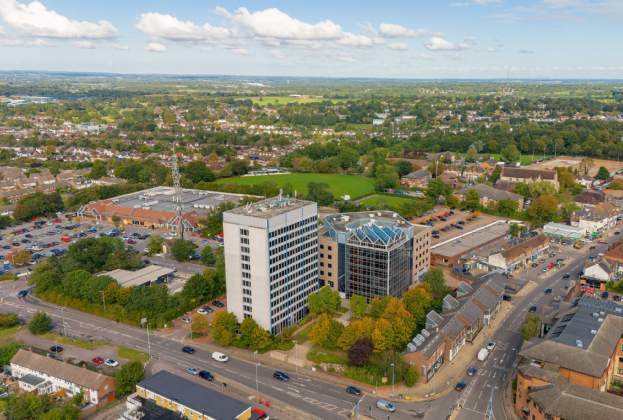
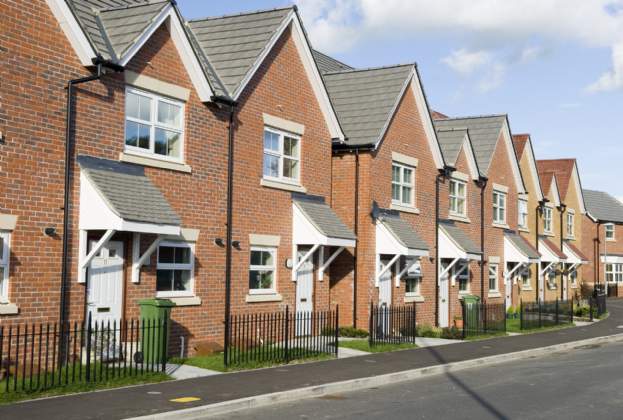
.jpg)
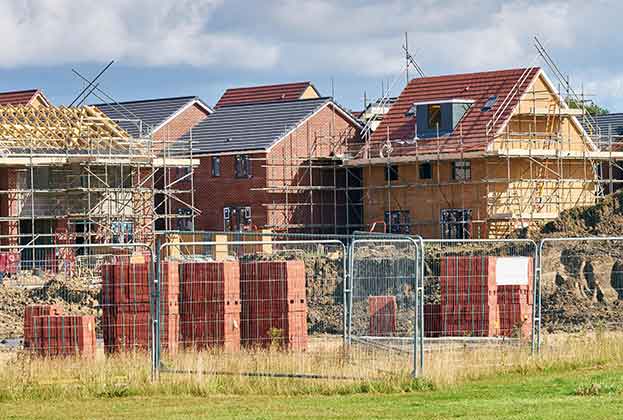
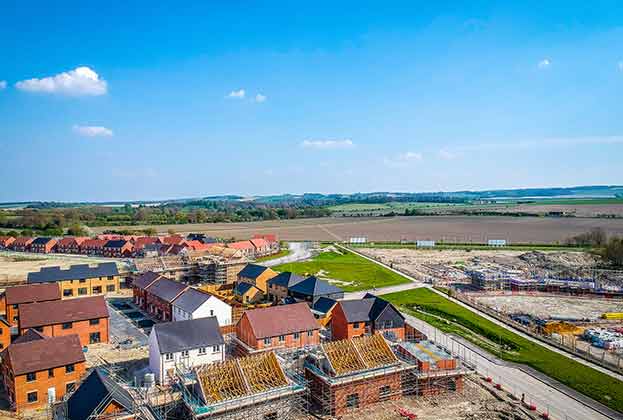
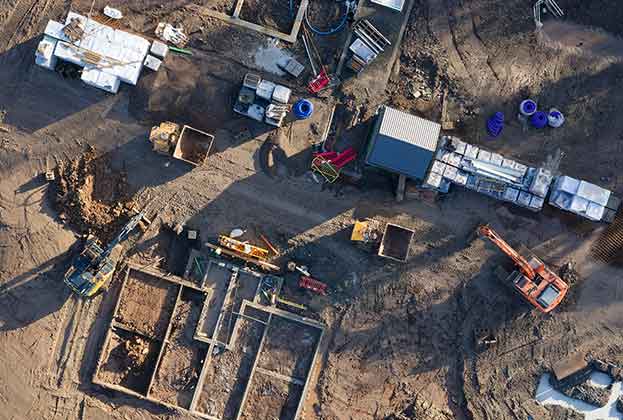
.jpg)